Home>Garden Essentials>When To Plant Foxglove Seeds
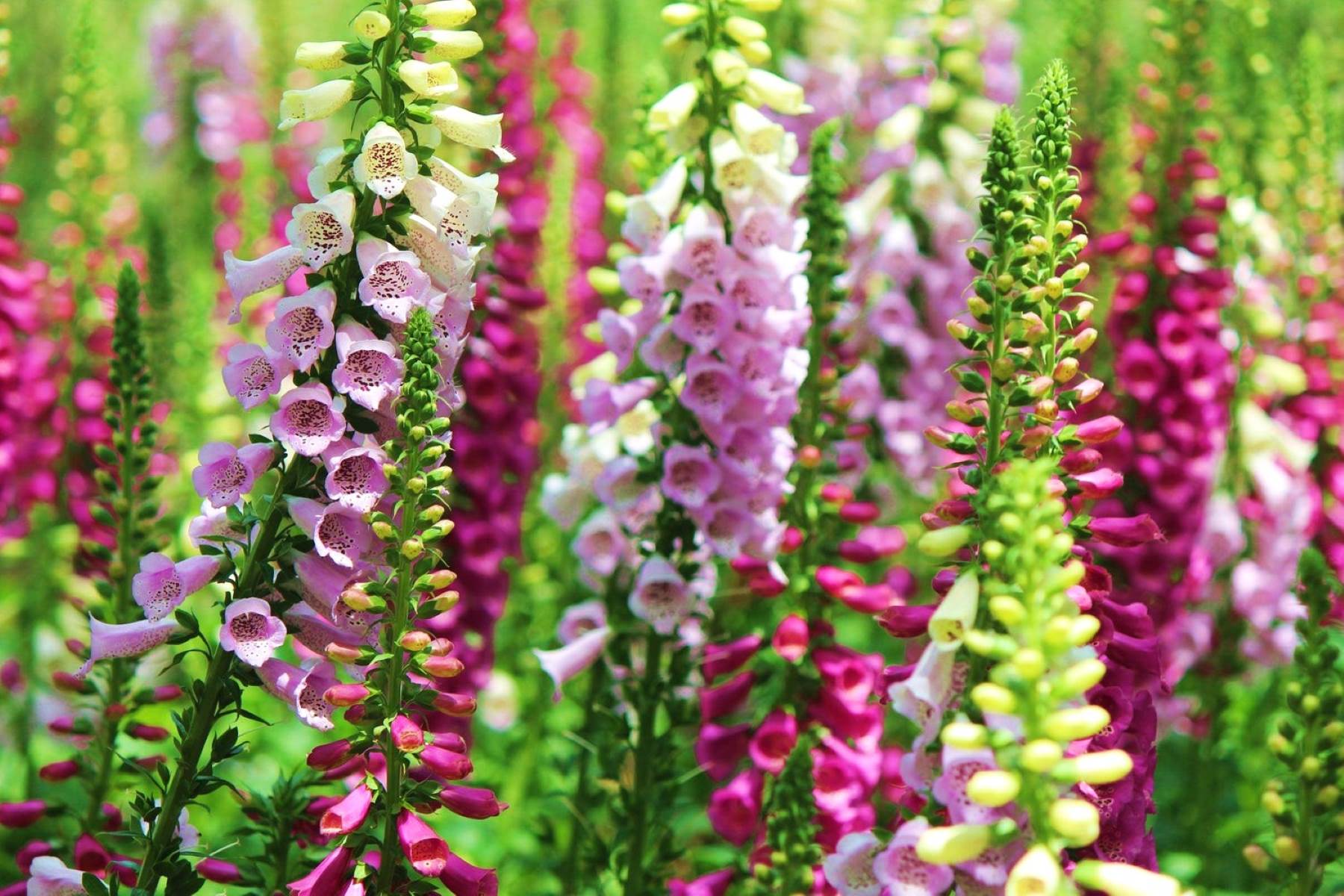

Garden Essentials
When To Plant Foxglove Seeds
Modified: March 16, 2024
Learn when to plant foxglove seeds in your garden for a beautiful display of vibrant flowers. Ensure optimal growth and blooming with our expert gardening tips.
(Many of the links in this article redirect to a specific reviewed product. Your purchase of these products through affiliate links helps to generate commission for Storables.com, at no extra cost. Learn more)
Introduction
Are you looking to add a touch of elegance and charm to your garden? Look no further than foxglove. With its tall spires of tubular flowers in vibrant colors, foxglove (genus Digitalis) is a stunning addition to any flower bed or border. Whether you’re a seasoned gardener or a beginner, planting foxglove seeds is a rewarding experience that can yield beautiful blooms year after year.
In this article, we will guide you through the process of planting and caring for foxglove seeds. We will discuss the reasons for planting foxglove, the ideal conditions for successful growth, step-by-step instructions for planting seeds, as well as tips for caring for seedlings. So, let’s dive in and discover the world of foxglove!
Before we begin, it’s important to note that foxglove plants contain digitalin, a potent cardiac glycoside that can be toxic if ingested. So, exercise caution if you have children or pets around, and always wash your hands after handling the plants.
Now, let’s explore the reasons why you should consider planting foxglove seeds in your garden.
Key Takeaways:
- Planting foxglove seeds adds vibrant beauty and attracts pollinators to your garden. Follow ideal conditions, step-by-step planting, and caring tips for successful growth.
- Harvest and store foxglove seeds to propagate new plants. Enjoy the stunning beauty of foxgloves while respecting their toxic nature and local regulations.
Read more: When To Start Foxglove Seeds Indoors
Reasons for Planting Foxglove Seeds
There are several compelling reasons to include foxglove in your garden. Here are a few:
- Striking Beauty: Foxglove plants are known for their tall, majestic spires adorned with tubular flowers. These flowers come in a variety of colors, including shades of pink, purple, white, and yellow. Their unique shape and vibrant hues make them a standout feature in any garden.
- Attracts Pollinators: Foxglove flowers are a magnet for bees, hummingbirds, and other pollinators. By including foxglove in your garden, you are providing a valuable source of nectar for these important creatures. The buzzing activity of pollinators adds a dynamic and lively atmosphere to your outdoor space.
- Long Bloom Period: Foxglove plants have a relatively long blooming period, typically spanning from late spring to early summer. This extended display of blossoms ensures a continuous burst of color in your garden bed.
- Self-Seeding Ability: One of the unique characteristics of foxglove is its ability to self-seed. Once the flowers have finished blooming, the plant produces seed pods that dry out and release numerous tiny seeds. These seeds often find their way into the surrounding soil, germinating and producing new plants for future seasons. This self-seeding nature adds an element of surprise and naturalization to your garden.
- Versatility: Foxglove plants can thrive in various garden settings, including borders, woodland gardens, and cottage-style gardens. Their height makes them an excellent choice for the back of flower beds or as focal points in larger landscapes. Foxgloves also make beautiful cut flowers and can be used to create stunning floral arrangements.
With their beauty, ability to attract pollinators, long bloom period, self-seeding nature, and versatility, foxgloves are an excellent choice for any garden enthusiast. Now, let’s move on to the ideal conditions for planting foxglove seeds.
Ideal Conditions for Planting
Creating the right growing conditions is crucial for the successful cultivation of foxglove seeds. Here are the key factors to consider:
- Sunlight: Foxglove plants thrive in areas with partial shade to full sun. While they can tolerate some shade, they perform best when they receive at least 4-6 hours of direct sunlight per day. When selecting a planting location, choose an area that provides the appropriate amount of light based on the specific requirements of your foxglove variety.
- Soil: Foxgloves prefer moist, well-draining soil that is rich in organic matter. The pH level should be slightly acidic to neutral, ranging from 5.5 to 7.0. If your soil is heavy or clay-like, consider amending it with compost or well-rotted manure to improve drainage and fertility.
- Temperature: Generally, foxgloves are cool-weather plants and prefer cooler temperatures for optimal growth. Ideally, the daytime temperature should range between 60-75°F (15-24°C). However, certain varieties may be more tolerant of warmer conditions, so check the specific requirements of your chosen foxglove cultivar.
- Watering: Consistent moisture is essential for the healthy growth of foxglove plants. Keep the soil evenly moist, especially during dry periods. However, be cautious not to overwater, as excessive moisture can lead to root rot. A layer of organic mulch around the base of the plants can help retain soil moisture and regulate temperature.
- Spacing: When planting foxglove seeds, ensure proper spacing between the plants. Give them enough room to grow and spread their foliage without crowding each other. This will allow for good airflow and reduce the risk of fungal diseases. Aim for a spacing of approximately 12-18 inches (30-45 cm) between plants.
By providing the ideal conditions of sunlight, soil, temperature, watering, and spacing, you will create a favorable environment for your foxglove seeds to germinate and flourish. Now let’s move on to the step-by-step process of planting foxglove seeds.
Steps for Planting Foxglove Seeds
Planting foxglove seeds requires some careful preparation to ensure successful germination and growth. Follow these steps to get started:
- Choose the right time: The best time to plant foxglove seeds is in late spring or early summer. This will give the seeds enough time to germinate and establish themselves before the colder months approach.
- Prepare the soil: Start by preparing the planting area. Remove any weeds, rocks, or debris and loosen the soil. Incorporate organic matter, such as compost or well-rotted manure, to improve soil fertility and drainage. Rake the soil surface to create a smooth bed for planting.
- Sow the seeds: Sprinkle the foxglove seeds evenly over the prepared soil. Avoid overcrowding by spacing them about 12-18 inches apart. Lightly press the seeds into the soil using the back of a garden rake or your hands. Cover the seeds with a thin layer of soil or fine compost, barely covering them, as they require light to germinate.
- Water gently: After sowing the seeds, water the planting area gently using a watering can or hose with a misting nozzle. Be careful not to wash away the seeds. Maintain moisture in the soil, but avoid overwatering, as excessive moisture can lead to rotting of the seeds.
- Label and protect: Place plant labels or markers in the soil to indicate the location of the planted seeds. This will help you identify the seedlings as they emerge. Consider protecting the planting area with a lightweight garden fabric or mesh to prevent birds from eating the seeds.
- Provide proper care: Keep the soil consistently moist throughout the germination period. Once the seedlings emerge, thin them out if they are overcrowded, allowing the stronger ones to grow. Provide regular waterings, ensuring the soil remains evenly moist. Feed the seedlings with a balanced liquid fertilizer every two weeks to promote healthy growth.
- Transplant or thin out seedlings: When the seedlings are large enough to handle and have developed a few sets of true leaves, you can transplant them into their final growing positions or thin them out to the desired spacing. Gently lift the seedlings using a small garden trowel or your fingers, being careful not to damage the delicate roots. Plant them at the same depth as they were growing in the seed trays, and water well after transplanting.
With these steps, you can successfully plant foxglove seeds and watch as they grow into beautiful flowering plants. Now, let’s explore how to care for your foxglove seedlings once they have been planted.
Plant foxglove seeds in early spring or late summer for blooms the following year. Sow seeds on the soil surface and keep moist. Transplant seedlings to their final location once they have 2-3 sets of true leaves.
Caring for Foxglove Seedlings
Once you have planted your foxglove seedlings, it’s important to provide them with the proper care to ensure healthy growth and abundant blooms. Follow these tips to care for your foxglove seedlings:
- Watering: Keep the soil evenly moist but not waterlogged. Regular watering is essential, especially during dry periods. Water at the base of the plants to avoid wetting the foliage, as this can promote the development of fungal diseases. As they are establishing, seedlings may require more frequent watering.
- Mulching: Apply a layer of organic mulch around the base of the seedlings. Mulching helps retain soil moisture, suppresses weed growth, and regulates soil temperature. Use a lightweight mulch, such as straw or shredded leaves, and avoid placing it directly against the stems of the plants to prevent the risk of rot.
- Supporting: As foxglove plants grow tall and develop flower spikes, it’s a good idea to provide support to prevent them from being damaged by strong winds. Install stakes or bamboo canes around the plants and gently tie the stems to the supports using soft twine or plant ties. Be cautious not to tie them too tightly, allowing the plants to sway slightly in the wind.
- Deadheading: After the initial bloom period, you can encourage further flowering by deadheading the spent blooms. This involves removing the faded flowers by pinching them off at the base. Deadheading not only promotes continuous blooming but also prevents the plant from directing energy into seed production.
- Fertilizing: Feed your foxglove seedlings with a balanced liquid fertilizer every two weeks during the growing season. This will provide them with the necessary nutrients for healthy growth and vibrant blooms. Follow the manufacturer’s instructions for proper dilution and application rates.
- Pest and Disease Control: Foxglove plants are generally resistant to pests and diseases. However, they can occasionally be affected by slugs, snails, aphids, or powdery mildew. Regularly inspect the plants for any signs of infestation or disease and take appropriate measures to control and treat the problem. Organic pest control methods, such as handpicking or using insecticidal soap, can be effective for dealing with common pests.
- Winter Protection: In regions with harsh winters, provide protection to your foxglove plants by applying a layer of organic mulch around the base in late fall. This will insulate the roots and protect them from freezing temperatures. Additionally, you can cover the plants with a frost blanket or burlap if extreme cold is expected.
By following these care tips, you can ensure that your foxglove seedlings thrive and develop into healthy, blooming plants. However, there are a few common issues that you may encounter while growing foxglove. Let’s take a look at them in the next section.
Read more: When To Plant Verbena Seeds
Common Issues and Troubleshooting
While foxglove plants are generally resilient, they can occasionally encounter certain issues. Here are some common problems you may encounter while growing foxglove seedlings and how to troubleshoot them:
- Poor Germination: If your foxglove seeds fail to germinate, it may be due to improper planting depth or insufficient moisture. Ensure that the seeds are sown at the correct depth (barely covered with soil) and keep the soil consistently moist throughout the germination period. If necessary, try soaking the seeds in water overnight before sowing to improve germination rates.
- Disease and Pest Infestation: Foxglove plants are generally resistant to diseases and pests. However, they can occasionally be affected by issues such as powdery mildew, aphids, slugs, or snails. Monitor your plants regularly and take appropriate measures to control and treat the problem. Remove infected leaves promptly, and consider using organic pest control methods or treatments recommended for the specific issue.
- Stunted Growth: If your foxglove seedlings exhibit slow or stunted growth, it may be due to poor soil fertility or lack of nutrients. Ensure that you have prepared the soil with organic matter to provide adequate nutrition. Regularly fertilize the plants with a balanced liquid fertilizer to promote healthy growth. Additionally, make sure the seedlings are receiving sufficient sunlight and water.
- Wilting or Yellowing Leaves: Wilting or yellowing leaves can indicate either overwatering or underwatering. Check the moisture levels in the soil and adjust your watering practices accordingly. Allow the soil to dry slightly between waterings, ensuring that it’s evenly moist, but not soggy. Also, ensure that the plants are not being exposed to excessive heat or direct sunlight, as this can cause wilting and discoloration.
- Root Rot: Foxglove plants are susceptible to root rot if the soil remains excessively wet or poorly drained. To prevent this issue, ensure that you are providing proper drainage and avoiding overwatering. If root rot has already occurred, you may need to replant in well-draining soil and adjust your watering practices to prevent further damage.
- Lack of Blooms: If your foxglove plants fail to produce blooms, it may be due to several factors, including insufficient sunlight, inadequate nutrition, or immaturity. Ensure that your plants are receiving enough direct sunlight and amend the soil with organic matter to provide adequate nutrition. Also, be patient, as some foxglove varieties can take a couple of years to reach full maturity and produce flowers.
By being vigilant and addressing any issues promptly, you can minimize the impact of common problems and ensure the healthy growth and blooming of your foxglove plants. Now, let’s move on to the topic of harvesting foxglove seeds.
Harvesting Foxglove Seeds
Harvesting foxglove seeds allows you to save and propagate future generations of these beautiful plants. Here’s how you can harvest foxglove seeds:
- Wait for Seed Pods to Mature: Foxglove plants produce seed pods after the flowering period. Allow the seed pods to mature and dry out on the plant. The pods will turn brown and feel papery to the touch. This is an indication that the seeds are ready for harvesting.
- Collect the Seed Pods: Once the seed pods are fully mature, gently remove them from the plant. Wear gloves as the pods may contain fine hairs that can irritate the skin. Cut the stem of the seed pod, leaving a small portion attached to the pod for easier handling.
- Dry and Store the Seeds: Place the harvested seed pods in a clean, dry container such as a paper bag or envelope. Keep them in a cool, dry location away from direct sunlight. Allow the seed pods to continue drying for several weeks, or until they are fully dry and brittle. Once dry, gently crush the seed pods to release the tiny seeds.
- Clean and Store the Seeds: Separate the seeds from the seed pods by gently rubbing them between your fingers or by using a sieve with holes large enough to let the seeds pass through but retain the larger debris. Discard any damaged or discolored seeds. Transfer the cleaned seeds to a sealed container, such as a small envelope or airtight jar. Label the container with the seed variety and the date of harvest.
- Store the Seeds: Store the labeled container in a cool, dark, and dry place, such as a refrigerator or a cool basement. Properly stored foxglove seeds can remain viable for several years, allowing you to use them for future plantings.
With these simple steps, you can harvest and store foxglove seeds to propagate new plants in subsequent growing seasons. Remember to respect local regulations and plant responsibly, ensuring that foxglove seeds are not introduced to areas where they are considered invasive.
As we wrap up this guide on planting and caring for foxglove seeds, it’s important to note that foxglove is a stunning plant that adds charm and beauty to any garden. The tall spires of tubular flowers and the ability to attract pollinators make it a popular choice among gardeners. By following the planting and care instructions outlined in this article, you can enjoy the rewards of growing foxgloves and create a garden filled with these enchanting blooms.
Conclusion
Foxglove, with its graceful spires of vibrant flowers, is a captivating addition to any garden. By planting foxglove seeds and providing them with the proper care, you can enjoy the beauty of these stunning plants for years to come. From attracting pollinators to adding a touch of elegance, foxgloves offer numerous benefits for both experienced gardeners and beginners.
In this article, we explored the reasons for planting foxglove seeds, including their striking beauty, ability to attract pollinators, long bloom period, self-seeding nature, and versatility. We also discussed the ideal conditions for planting, such as providing the right amount of sunlight, well-draining soil, appropriate watering, and proper spacing.
We provided step-by-step instructions on planting foxglove seeds, including choosing the right time, preparing the soil, sowing the seeds, watering gently, labeling the planting area, and providing proper care during the germination period. We also highlighted the importance of caring for foxglove seedlings, including watering, mulching, supporting, deadheading, fertilizing, and protecting them from pests and diseases.
Furthermore, we addressed common issues and troubleshooting tips, such as poor germination, disease and pest infestation, stunted growth, wilting or yellowing leaves, and lack of blooms. We emphasized the importance of vigilance and taking appropriate measures to address these issues promptly.
Lastly, we discussed the process of harvesting foxglove seeds, including waiting for the seed pods to mature, collecting and drying the seed pods, separating and cleaning the seeds, and storing them correctly for future use.
By following the guidelines provided in this article, you can successfully plant, care for, and harvest foxglove seeds, bringing the beauty of these majestic flowers to your garden. Remember to exercise caution and respect when handling foxglove plants, as they contain toxic compounds.
So, why wait? Start your foxglove journey and enjoy the remarkable beauty that these elegant plants bring to your outdoor space. Happy gardening!
Frequently Asked Questions about When To Plant Foxglove Seeds
Was this page helpful?
At Storables.com, we guarantee accurate and reliable information. Our content, validated by Expert Board Contributors, is crafted following stringent Editorial Policies. We're committed to providing you with well-researched, expert-backed insights for all your informational needs.
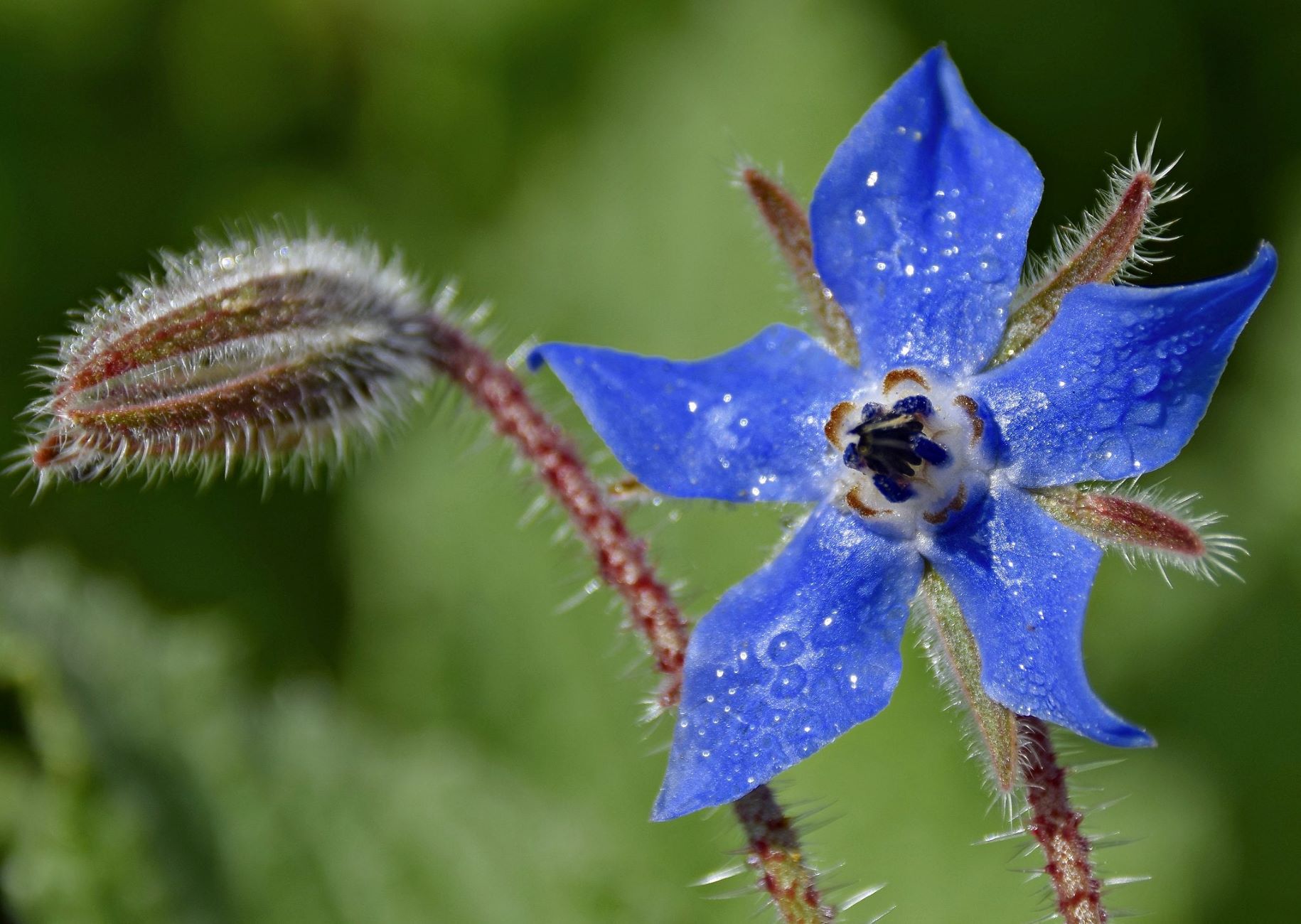
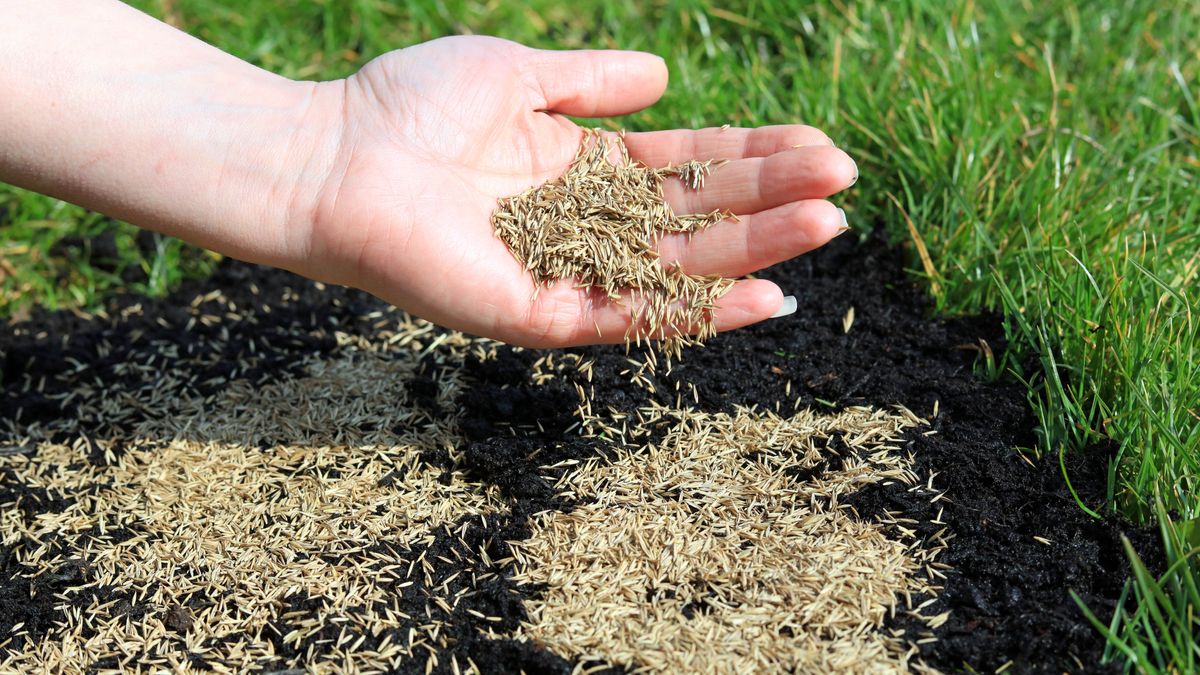
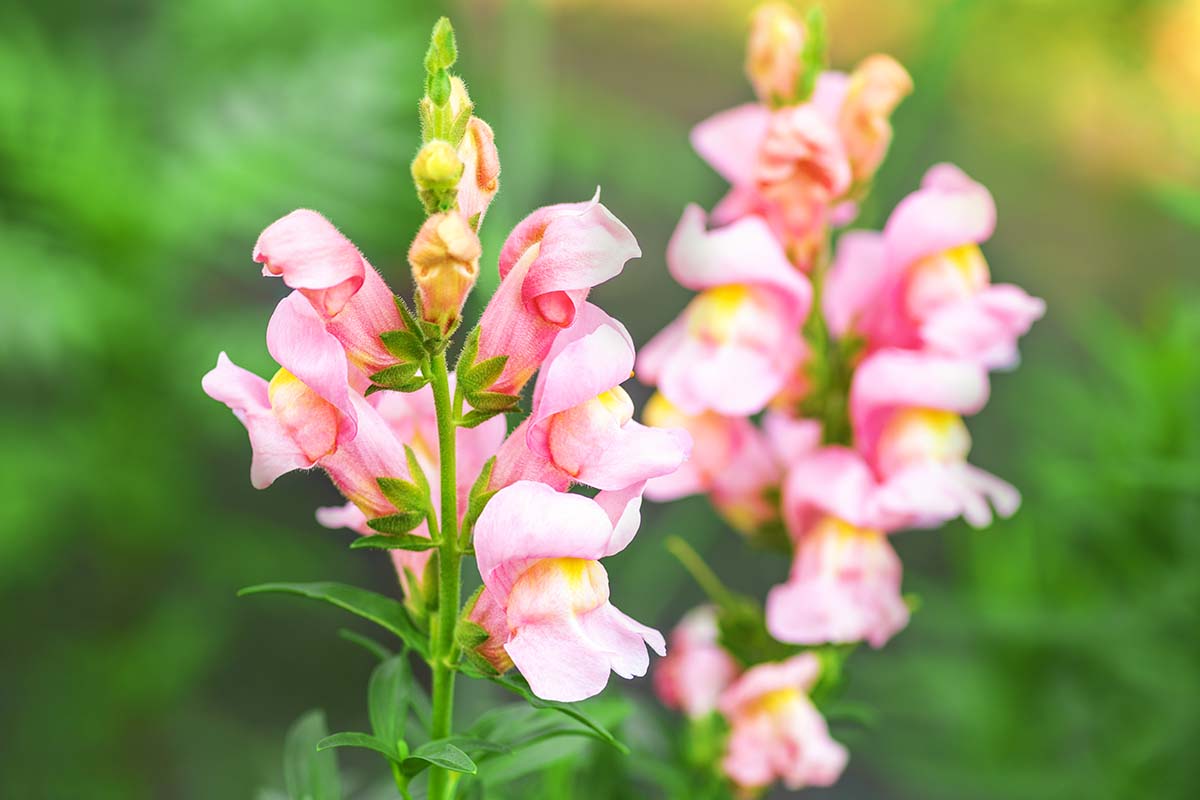
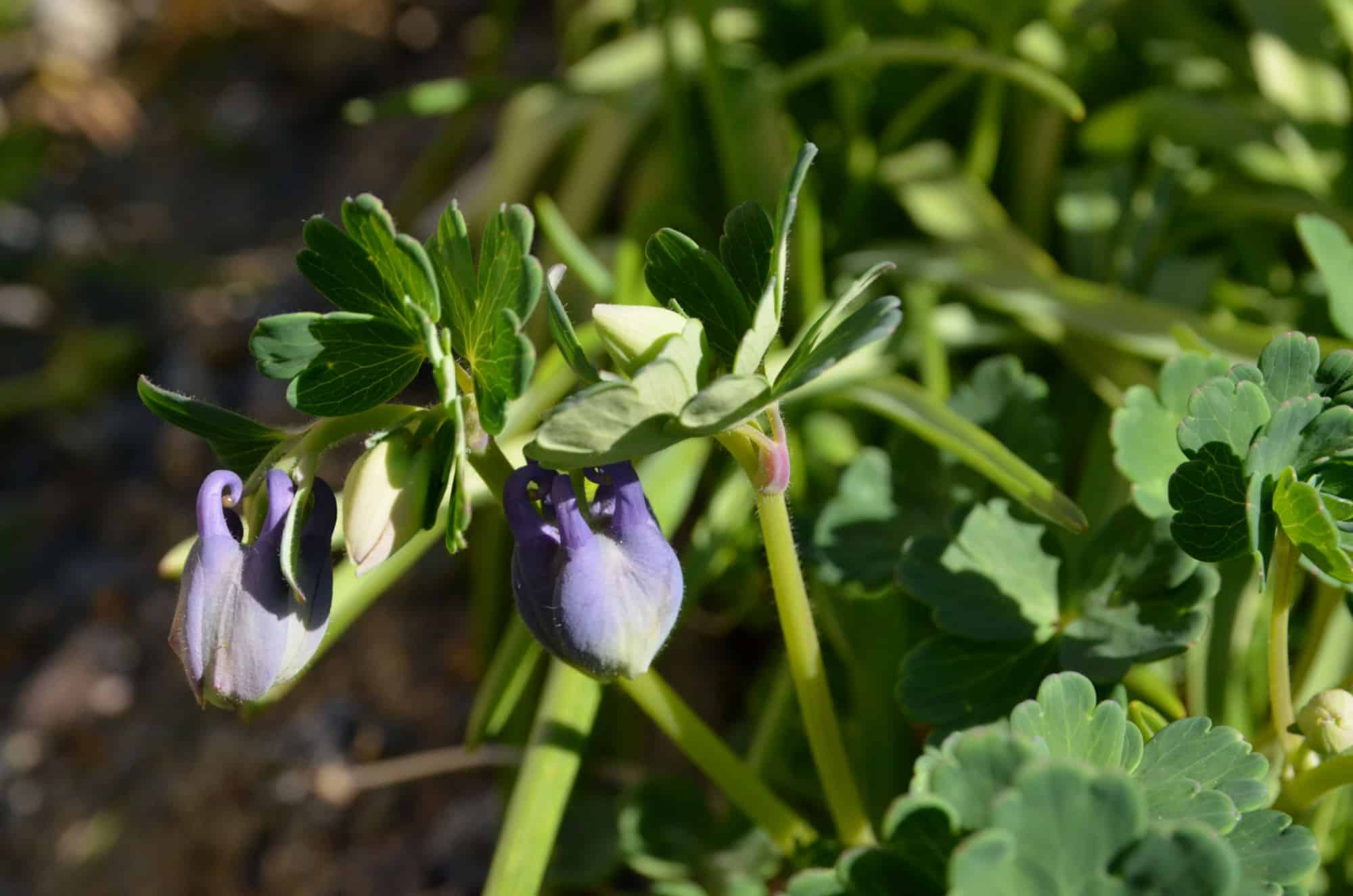
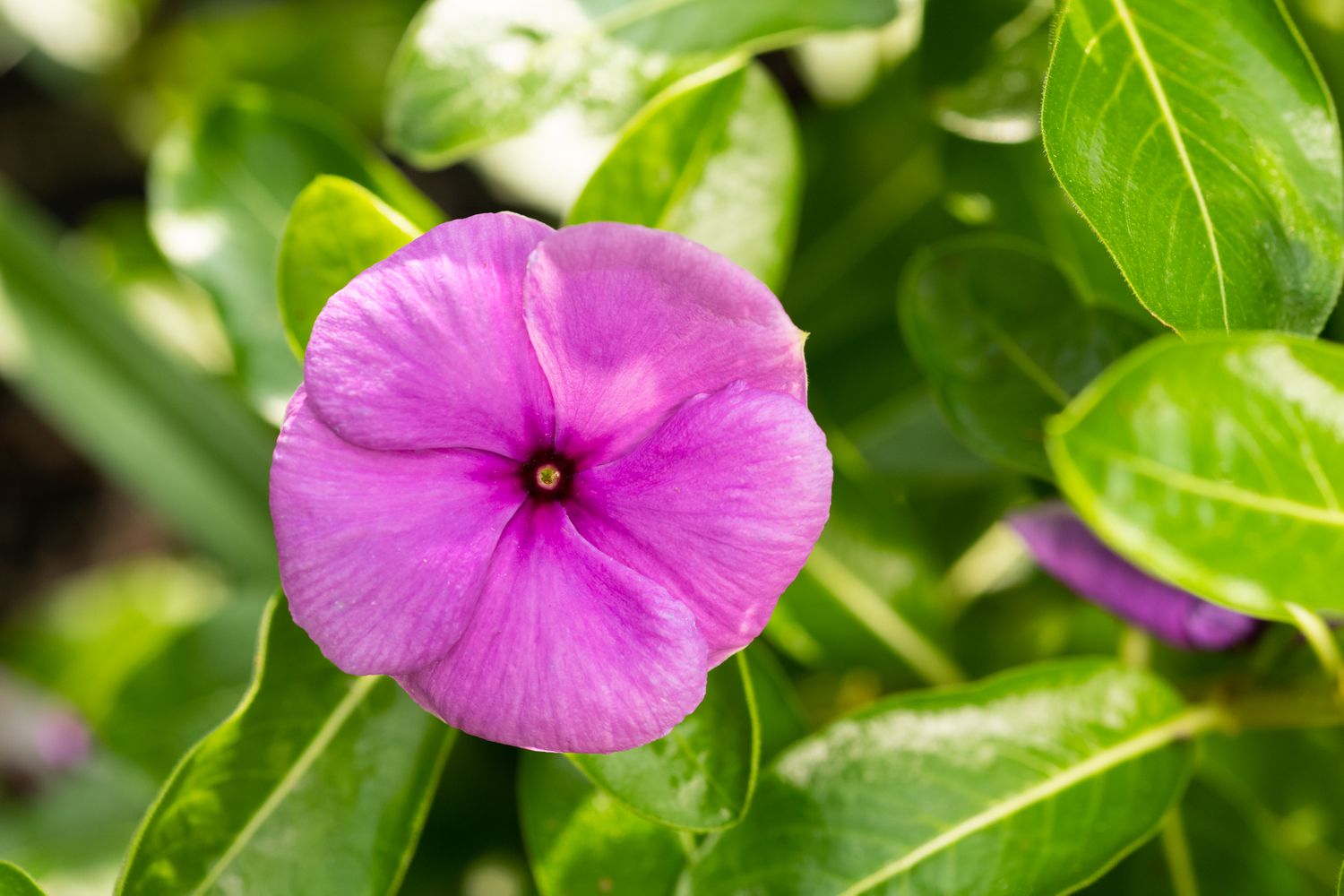
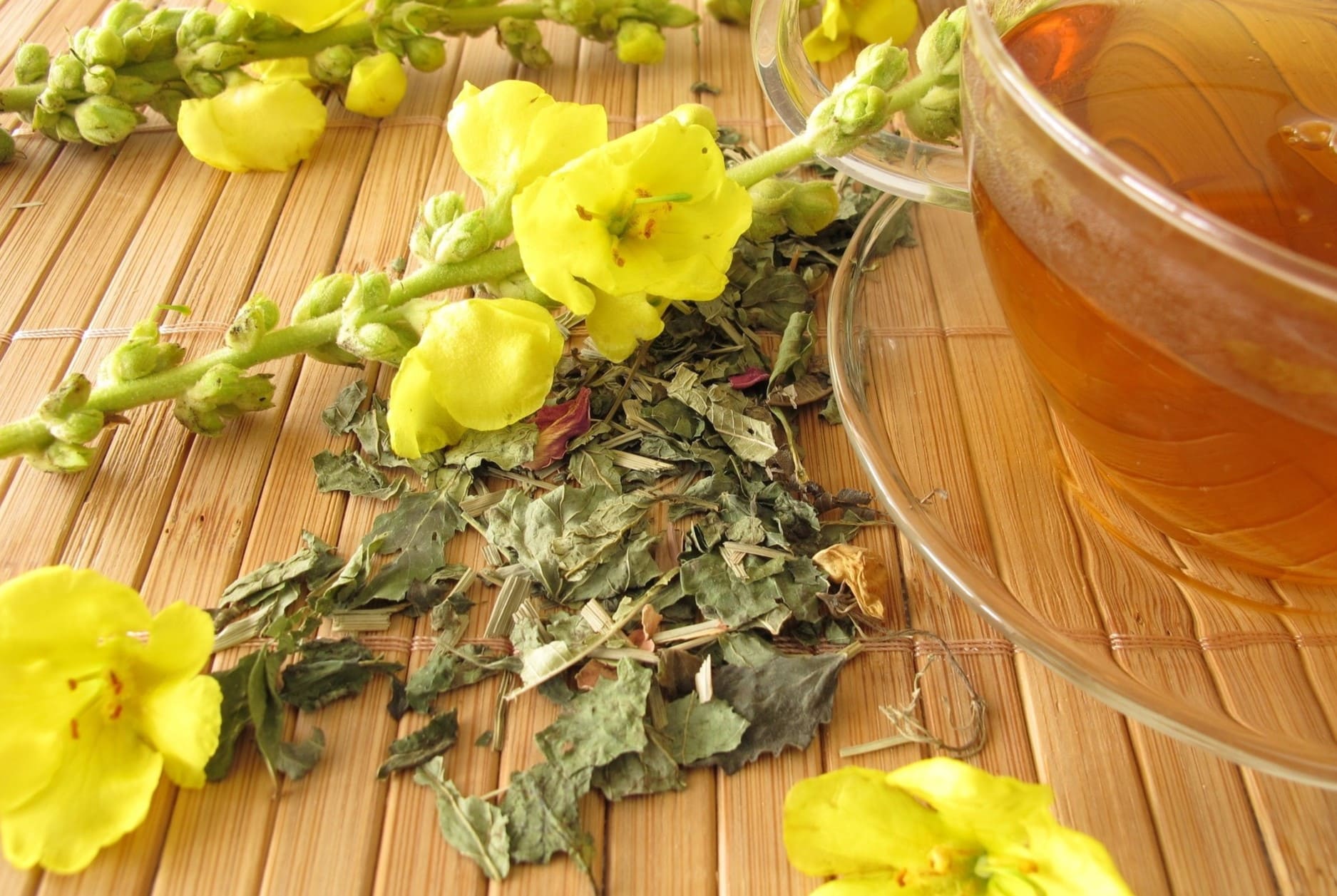
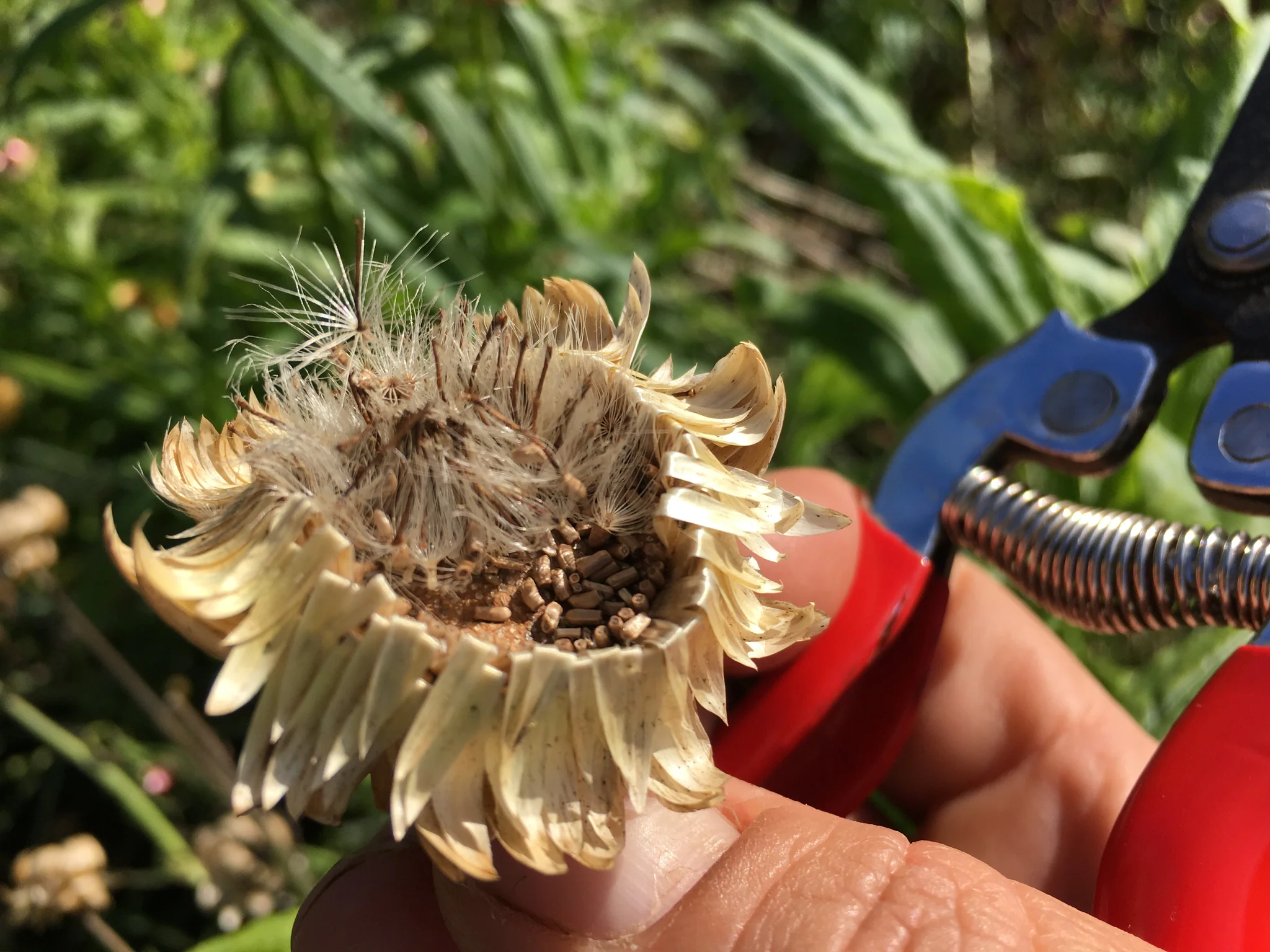
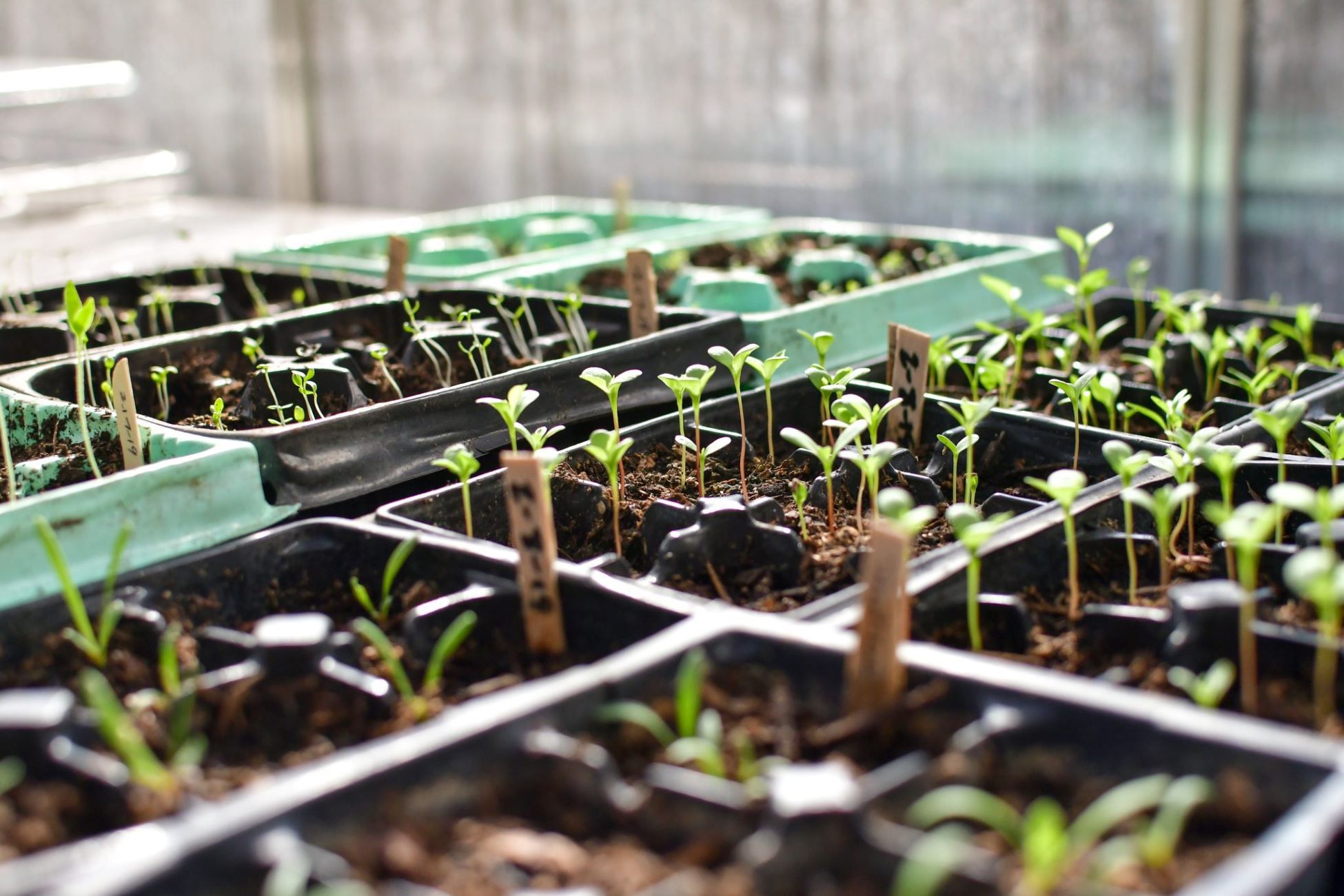

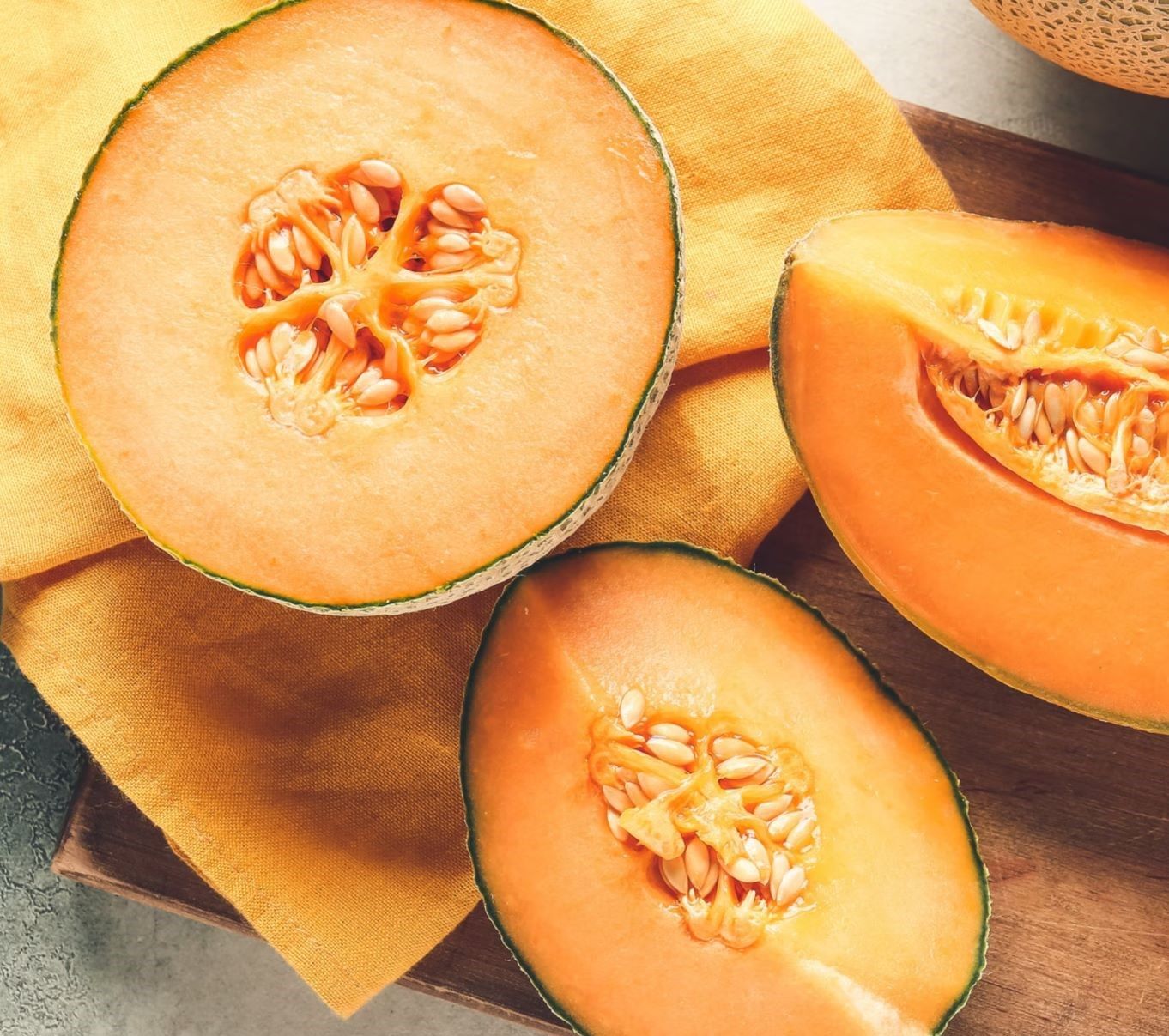
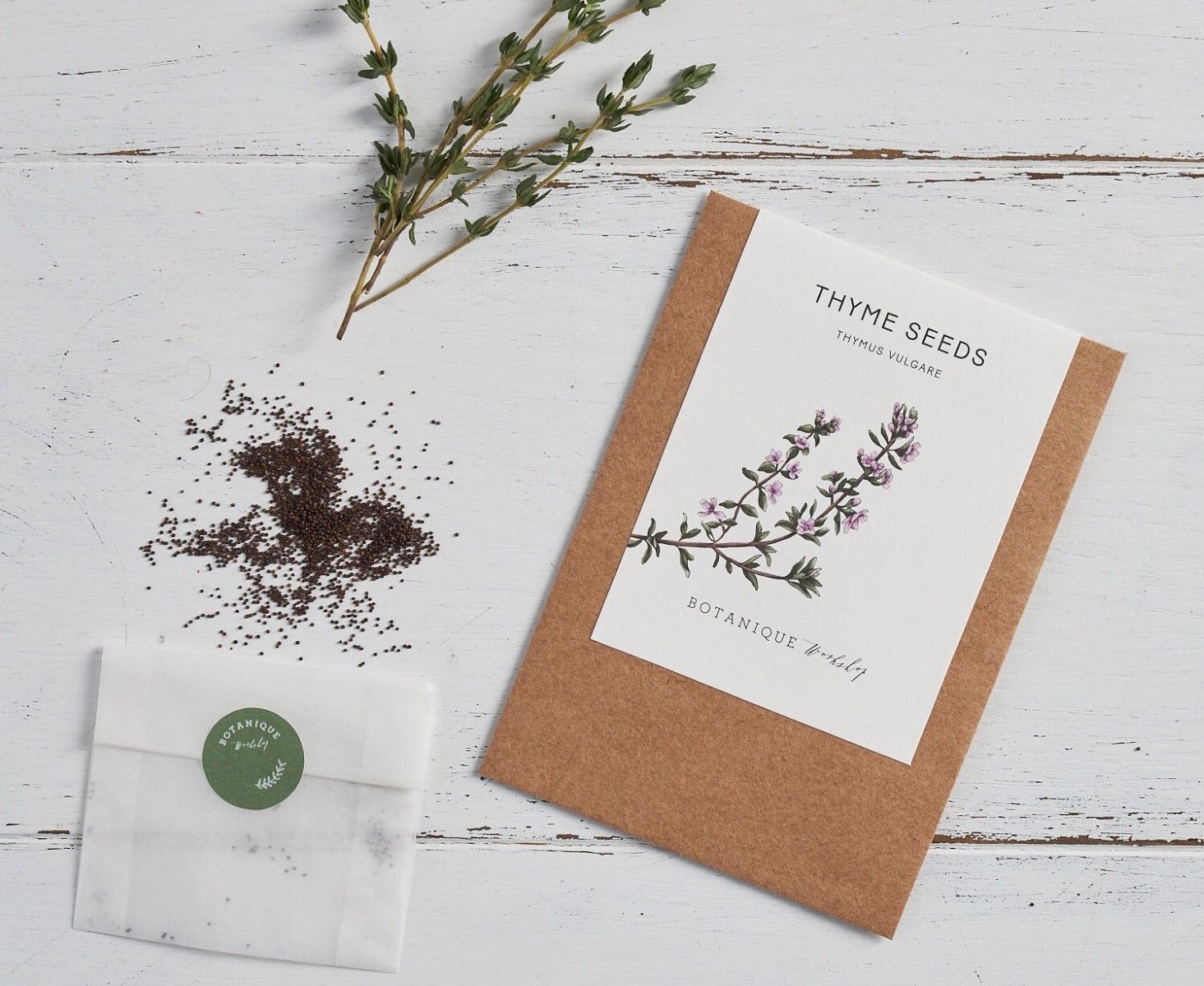
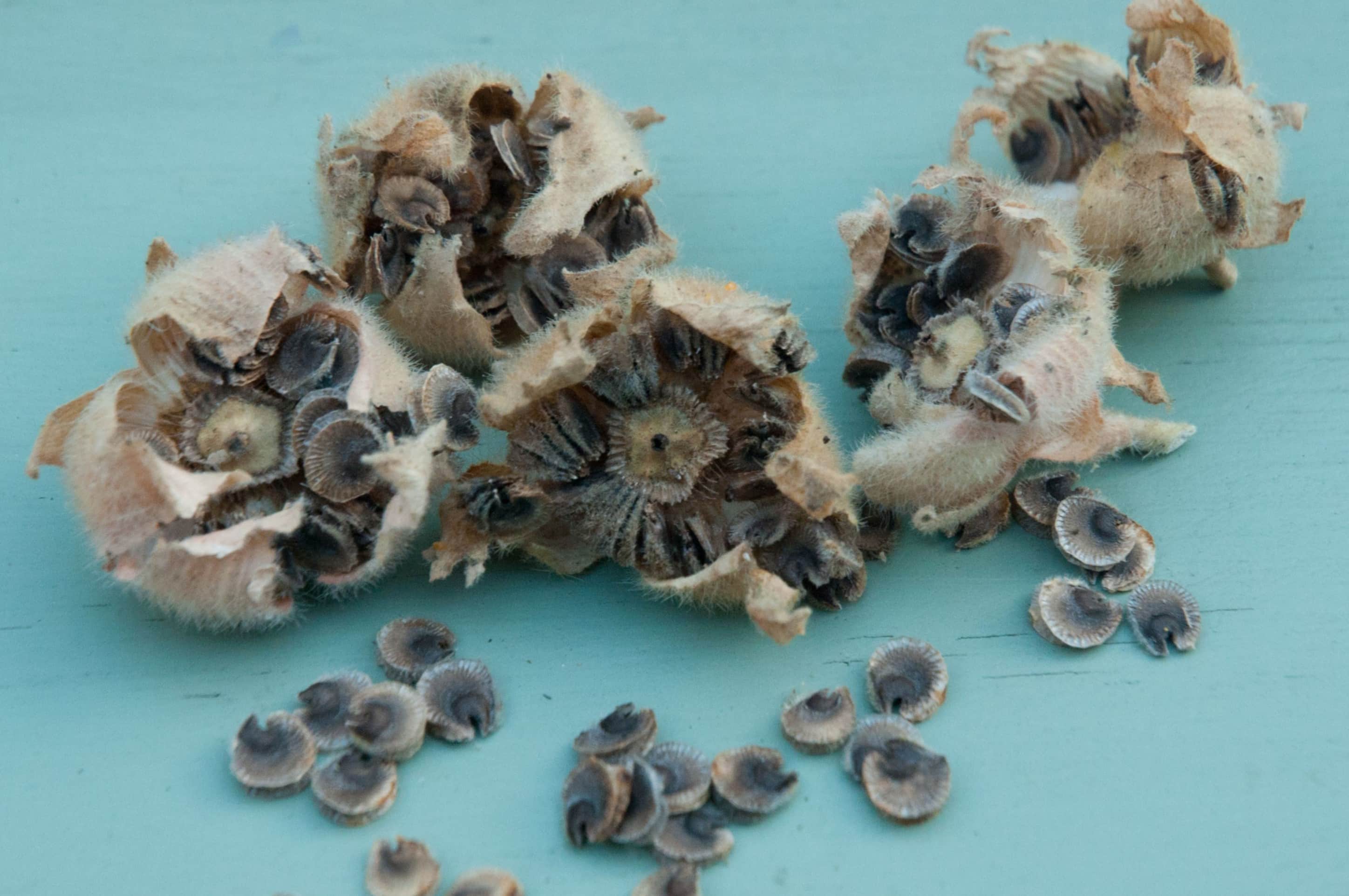
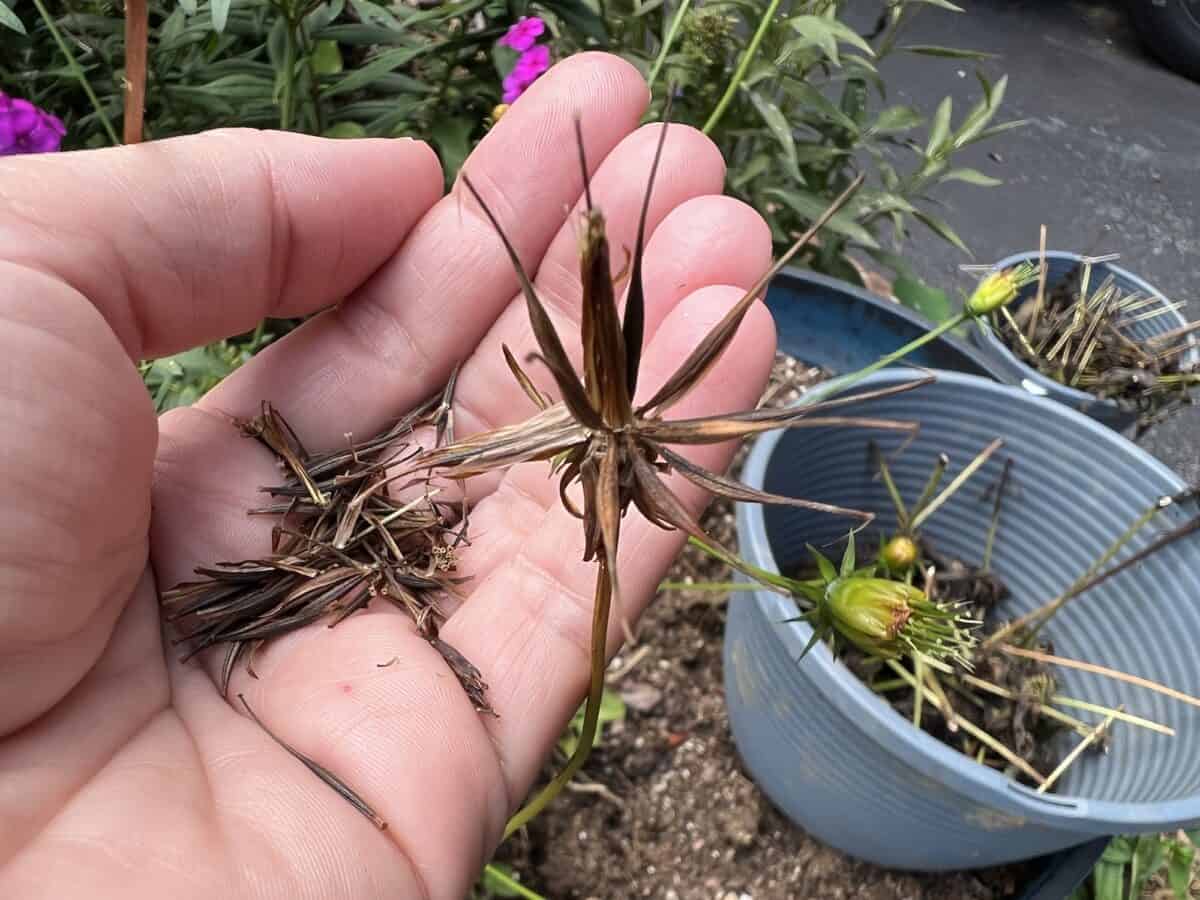
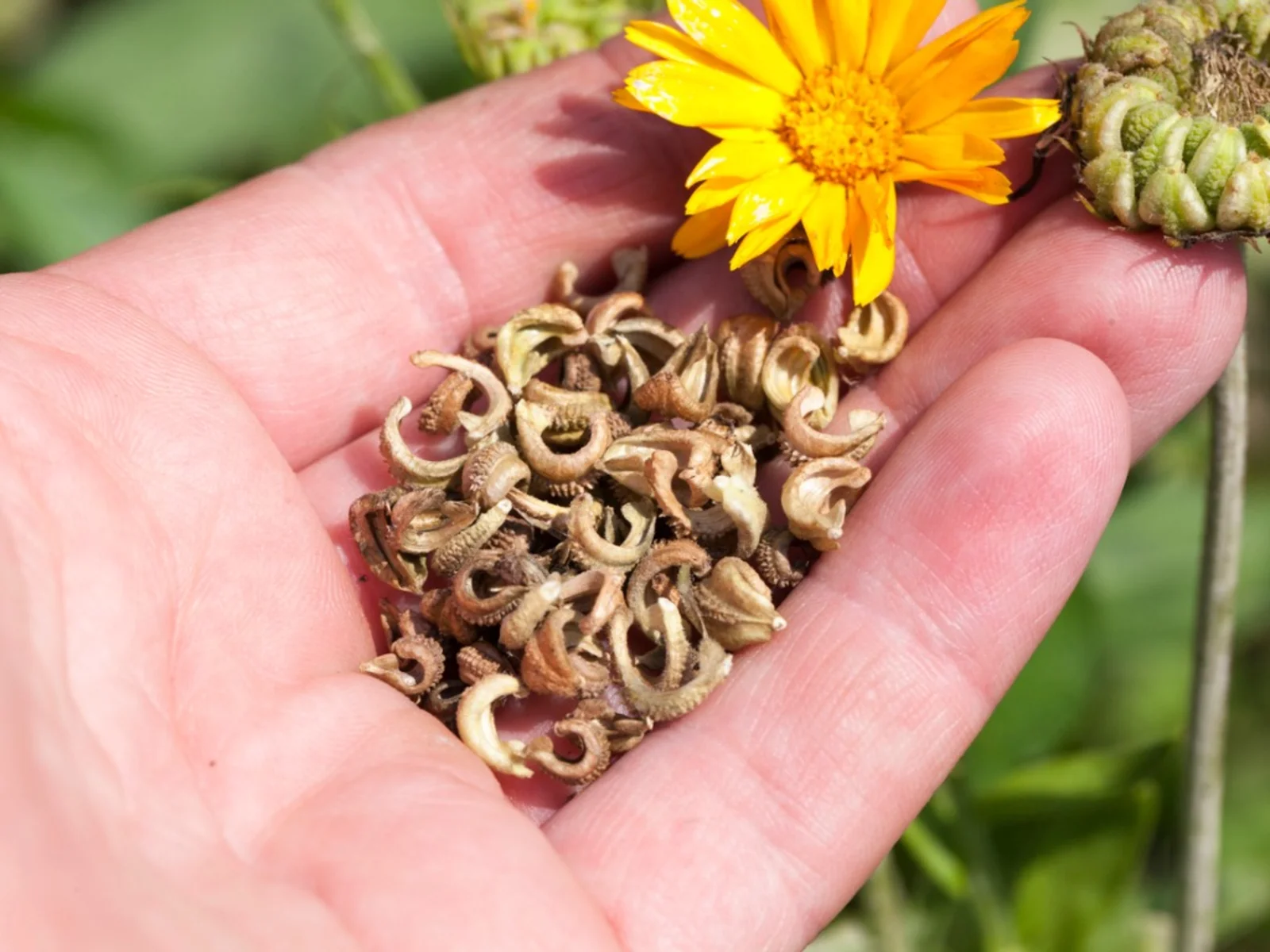

0 thoughts on “When To Plant Foxglove Seeds”